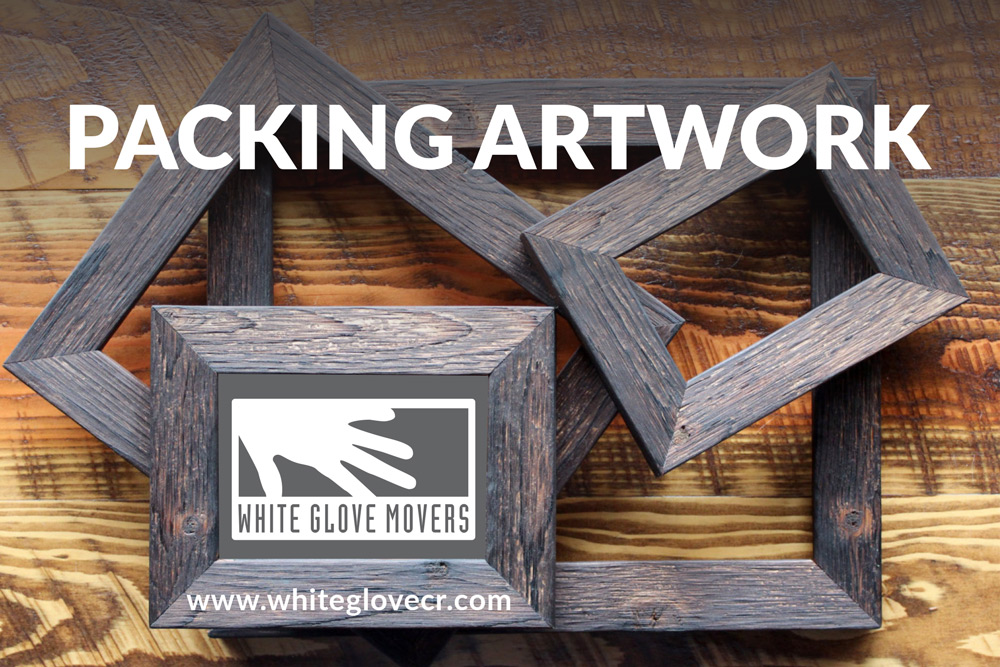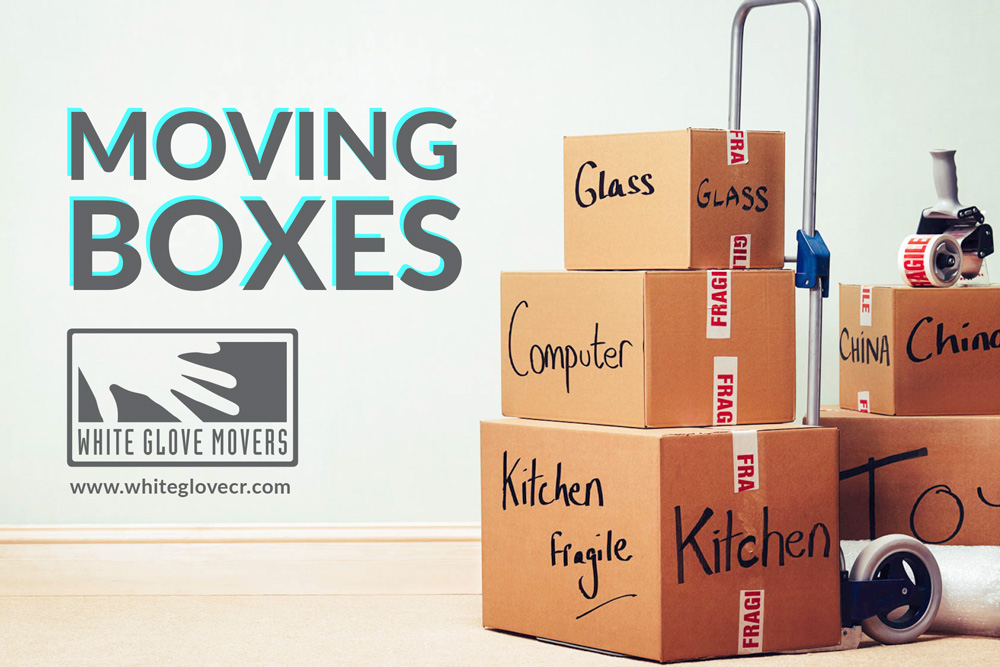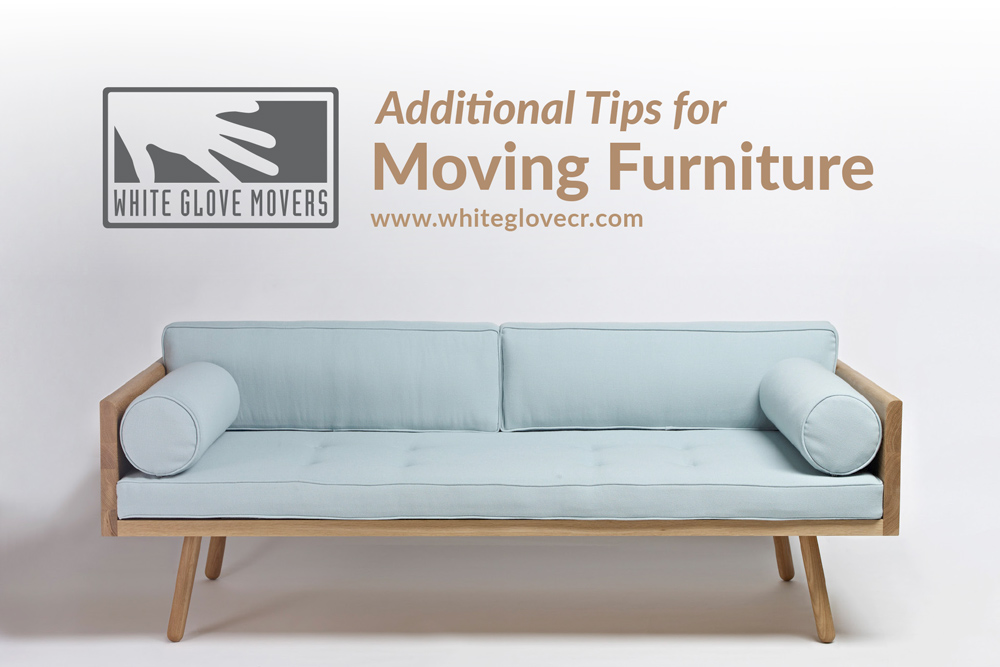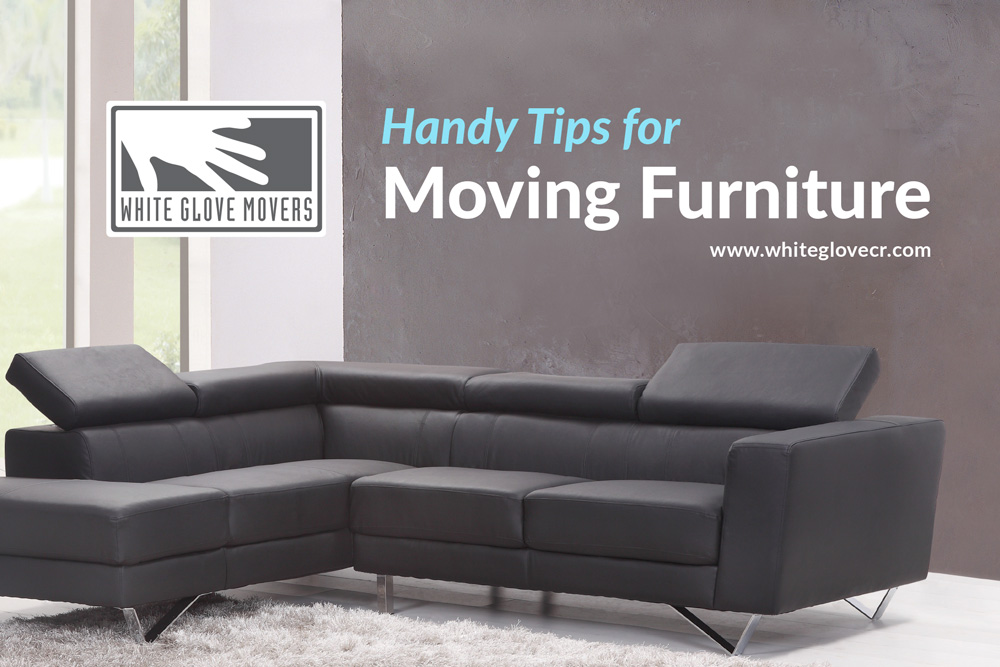Moving any kind of piano can be a daunting task. Follow these steps to help ensure you and your piano are both safe.
Piano Prep
First things first, make sure your piano will fit into the new space. Will it make the corners? Are the stairs steep and narrow? A piano cannot be tipped on its side, moving it upright is the only option, checking and double checking the new space is the very first thing you need to do. Once you have made absolute sure your piano will fit through all the doorways, these are the things you will need to move it.
Piano jacks!
Also known as piano dollies. These are designed to roll your piano easily across all surfaces. Do not use the piano’s rollers, the legs are not designed to hold the weight and move across carpeting. Always either lift the piano to relive the weight or use a piano jack.
Moving blankets and straps
If your piano is going to travel any distance other than across the room, be sure to secure any lids on your piano. Then wrap it completely with moving blankets. Don’t just drape the blankets around the piano, use tape to keep the blankets in place. The blankets will protect it against scraps and scuffs if it meets a wall.
Once the piano is wrapped, it’s a good idea to use straps to secure it to the dolly. Thresholds and other bumps in the floor or stairs could cause the piano to slip off the dolly and do some serious damage to your piano.
Optional equipment
Stair-climbing dolly – this is a dolly made with a toe-plate. This will allow for up-down switches to make stairs easier.
Moving the piano
Manpower
When asking for help moving your piano, always ask for more people than you think you might need. Typically, two people on each end of an Upright is what is needed. The piano will need to be lifted onto a dolly as the legs are not sturdy enough to carry the weight when tilted. (Piano legs are mostly for decoration and are positioned to center the weight across each evenly)
Keep it upright and centered.
Turning a piano on its side could untune it and hurt the inner mechanics. However, it is necessary to turn a piano on its side, make sure to have the weight centered on the dolly. It may seem awkward to have the dolly more to the left or right, rather than centered to the piano, but the weight of the piano requires this.
Secure it
Once you have loaded your piano into the moving truck, be sure to secure it to the side. To do this, place the keyboard side to the wall and strapped in place. Earlier you secured the dolly to the piano, you will want to separate them for transport.
Retune
Once you have successfully wrapped, moved and unwrapped your piano, you will need to have it tuned. As mentioned, putting it on its side is bad for the inner workings and that means having it checked out to ensure it sounds as beautiful as before.














